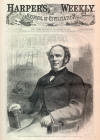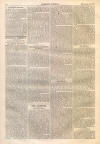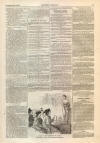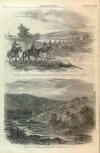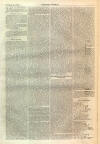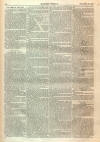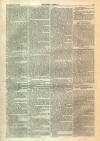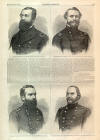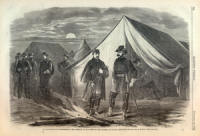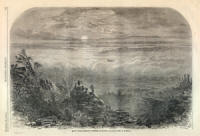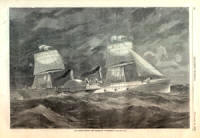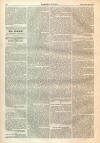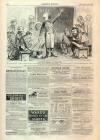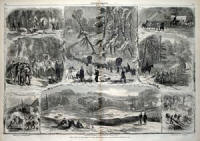General Stanley
|
|
This Site:
|
NOVEMBER 22, 1862.] HARPER'S WEEKLY. 749 ACTING REAR-ADMIRAL D. D. PORTER.—FROM A PHOTOGRAPH BY ANTHONY.]BRIGADIER-GENERAL THOMAS, OF THE ARMY OF THE OHIO.—[PHOTOGRAPHED BY BRADY.]ADMIRAL DAVID D. PORTER.ACTING REAR-ADMIRAL DAVID D. PORTER, the Commander of the Mississippi Flotilla, is the son of the famous Commodore David Porter of the Essex, and was born about the year 1814. In 1829 he entered the navy as midshipman on board the Constellation, and served six years on that ship and the United Sates. In 1835 he passed his examination, and served six years as passed midshipman on the Coast Survey. In 1841 he was commissioned a lieutenant, and served with that rank on board the Congress for four years. After a brief period of service at the Observatory at Washington, he was placed on active duty under Commodore Tattnall in the Gulf of Mexico, and took a leading part in the naval operations of the Mexican war. In 1849 he was allowed to take command of one of the Pacific Mail Company's steamers, and remained several years in the service of that Company. While he commanded one of the California steamships—the Crescent City—he performed an exploit which attracted no little attention at the time. In consequence of the Black Warrior affair the Spanish Government had refused to permit any United States vessel to enter the port of Havana. Running under the shotted guns of Moro Castle, he was ordered to halt. He promptly replied that he carried the United States flag and the United States mails, and, by the Eternal, he would go in; and he did, the Habaneros fearing to fire upon him. He said afterward that he intended firing his six-pounder at them once, in defiance, after which he would haul down his flag. At the beginning of the year 1861 he was under orders to join the Coast Survey on the Pacific, but, fortunately, had not left when the rebellion broke out. His name at this time stood number six on the list of lieutenants. The resignation of several naval traitors left room for his advancement, and the "Naval Register" for August 31, 1861, places him number seventy-seven on the list of commanders. He was placed in command of the steam sloop of war Powhatan, a vessel of about twenty-five hundred tons, and armed with eleven guns. After doing blockading duty for some time, he left that ship to take special charge of the mortar expedition. The active part he took in the reduction of the forts below New Orleans will make his name ever memorable in connection with the mortar fleet, or "bummers," as the sailors term them. After the capture of New Orleans he, with his fleet, went up the Mississippi River, and was engaged in several affairs on that river, including that of Vicksburg. From that place he was ordered to the James River, and returned in the Octorara. When off Charleston, on his way to Fortress Monroe, he fell in with and captured the Anglo-rebel steamer Tubal Cain. He has now been appointed to the supreme control of all the naval forces on the Mississippi River, with the rank of Acting Rear-Admiral. The forces under his orders, in vessels, guns, and men, will be larger than ever before under the command of any United States naval officer. His squadron will be distinct in every way from that of Admiral Farragut, who will still command the Western Gulf Blockading Squadron. Admiral Porter is a man of wiry, muscular frame, handsome features, of medium height, and, a few years ago, universally admitted to be the strongest man in the navy. He is about forty-five years old, and exhibits but few marks of age. He is married to a sister of Captain C. P. Patterson, formerly of San Francisco, by whom he has several children. He is most truly "a worthy son of a worthy sire." He belongs to a family of naval patriots; for, besides the subject of this sketch, there are in the navy H. B. Porter, acting midshipman, appointed from New York, November 29, 1859; T. K. Porter, master, appointed from Tennessee, May 20, 1852; William C. B. S. Porter, lieutenant, appointed from the District of Columbia, March 25, 1849; and Wm. D. Porter, commodore, appointed from Massachusetts, January 1, 1823. The last-named commanded the Essex gun-boat on the Tennessee River, and fought the rebel ram Arkansas on the Mississippi River. Major-General Fitz John Porter is a cousin of the subject of our sketch, adding another hero to the family. GENERAL THOMAS.WE present above the portrait of GEN. GEORGE H. THOMAS, of Buell's army, who must not be confounded with General Lorenzo Thomas, Adjutant-General of the Army. General George H. Thomas was born in Virginia about the year 1819. He was appointed from that State to West Point in 1836, and graduated in the (Next Page) BRIGADIER-GENERALS STANLEY, OF THE ARMY OF THE MISSISSIPPI—[SEE PAGE 747.]COLONEL INGALLS, CHIEF QUARTER-MASTER OF THE ARMY OF THE POTOMAC.—[SEE PAGE 747.]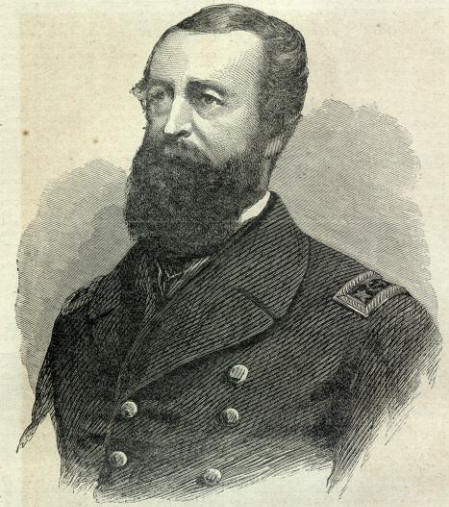 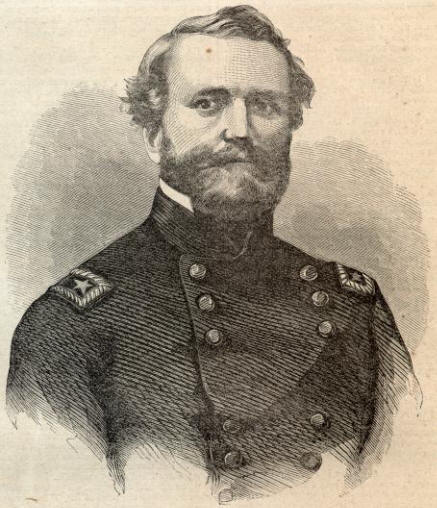 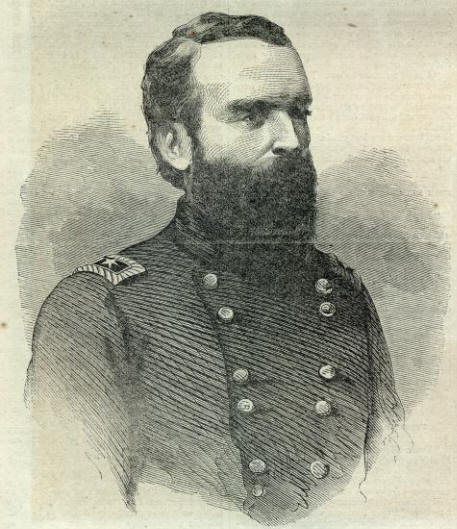 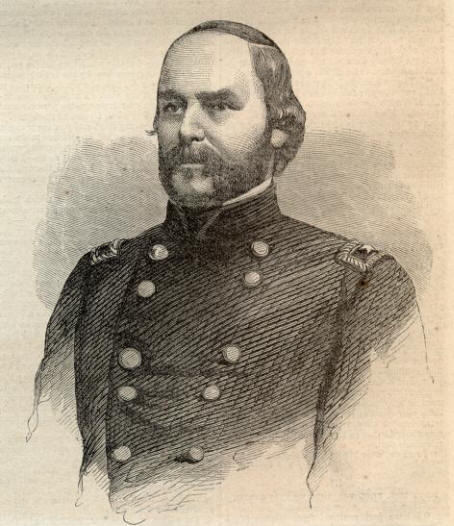 |
||||||||||||||||||||||||||||||
|
|
||
|
|
Site Copyright 2003-2018 Son of the South. For Questions or comments about this collection, contact paul@sonofthesouth.net |
|
|
Are you Scared and Confused? Read My Snake Story, a story of hope and encouragement, to help you face your fears. |
||
